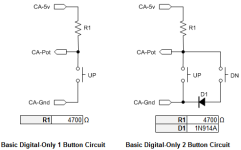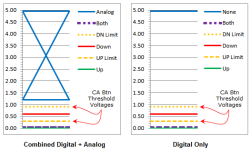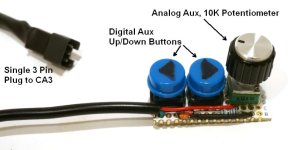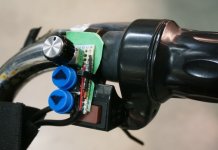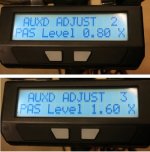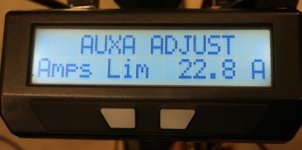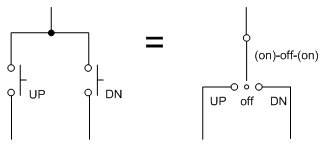Ah - okay.
This can be a little vexing to set up with a high power to weight ratio or a really heavy bike - low-powered bikes are a lot easier to tune. There really are no general settings that would be helpful.
Are you setting these because you need the speed limit to work for legal reasons? If you don't actually need the speed limit, disable the speed PID controller as described on the bottom of p30.
Otherwise, the tuning instructions in "Appendix F. Speed Gain Adjustment Procedure" is the closest thing available to a fixed cookbook tuning procedure. Your bike has lots of torque and you may find yourself running up and down the street many times to get this working satisfactorily. Some speed overshoot is not unusual, but it should be adjusted to be a single minor one.
Here's the values on my bike ONLY to show you relative value sizes since I have similar motors but a much heavier bike - these are only illustrative and it's very unlikely they would work on your bike: (P,I,D) = (0.41,9,2). As you can see the values are very small - tuning means making even smaller adjustments. These values arose from the tuning procedure mentioned above.
This can be a little vexing to set up with a high power to weight ratio or a really heavy bike - low-powered bikes are a lot easier to tune. There really are no general settings that would be helpful.
Are you setting these because you need the speed limit to work for legal reasons? If you don't actually need the speed limit, disable the speed PID controller as described on the bottom of p30.
Otherwise, the tuning instructions in "Appendix F. Speed Gain Adjustment Procedure" is the closest thing available to a fixed cookbook tuning procedure. Your bike has lots of torque and you may find yourself running up and down the street many times to get this working satisfactorily. Some speed overshoot is not unusual, but it should be adjusted to be a single minor one.
Here's the values on my bike ONLY to show you relative value sizes since I have similar motors but a much heavier bike - these are only illustrative and it's very unlikely they would work on your bike: (P,I,D) = (0.41,9,2). As you can see the values are very small - tuning means making even smaller adjustments. These values arose from the tuning procedure mentioned above.
- I like to use a sort of 'binary search' technique for these sorts of things: Make an adjustment that is about 1/2 the available range. If it isn't enough adjust (+) 1/2 that step, if too much, adjust (-) 1/2 that much. I proceed this way going up or down 1/2 the previous step each time. This means that in 7 tries I have spanned 2^7 or 128 different values. Often something 'close enough' comes up much sooner. Anyhow - compared to just guessing bigger or smaller each time, this goes relatively quickly and directly homes in on the desired target value.



